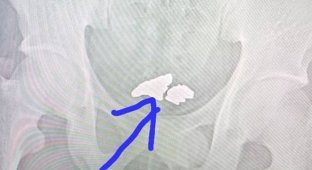Australia has developed a device for 3D printing of cells on organs inside the body (5 photos + 2 videos)
Engineers from the University of South Wales Sydney (UNSW) presented a prototype of a flexible robotic arm for bioprinting — 3D bioprinting on tissues and organs inside the human body.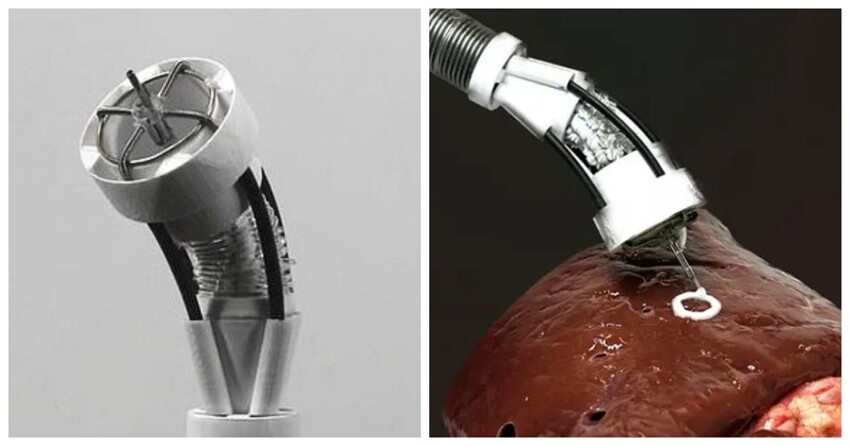
F3DB is a versatile endoscopic instrument that can be used for both endoscopic surgery and printing bioink directly on the internal organs.
The team of employees of the Laboratory of Medical Robotics UNSW stated that with further development within five to seven years technology can be used by medical professionals to access hard-to-reach areas inside the body through small skin incisions or natural holes.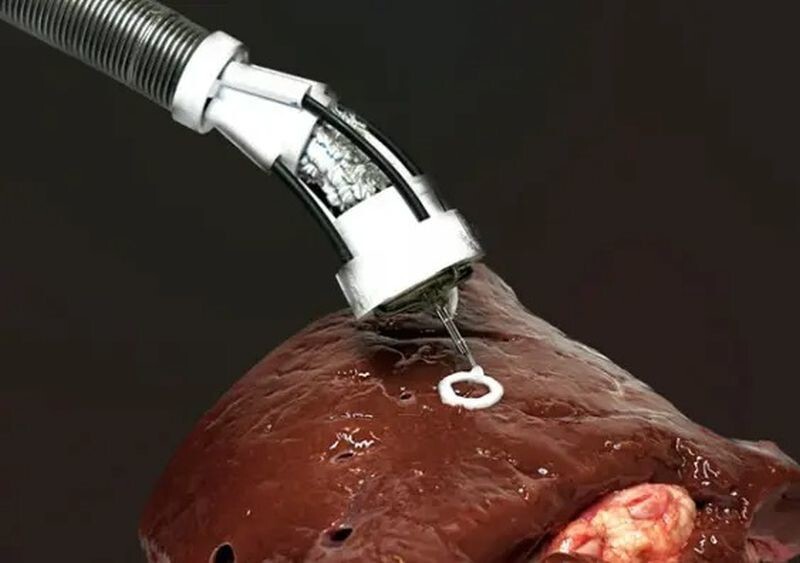
“Existing 3D bioprinting techniques require that biomaterials were produced outside the body, and for their implantation in humans usually requires a large open operation in an open field, which increases the risk of infection, said lead researcher Thanh Nho Do. — Our flexible 3D bioprinter allows you to directly deliver biomaterials to target tissues or organs using a minimally invasive approach.”
According to the scientist, the device makes it possible to accurately 3D reconstruction of wounds inside the body - such as wall injuries stomach or colon damage. It is equipped with a three-axis printhead mounted on the tip of a soft robotic arm, consisting of soft artificial muscles.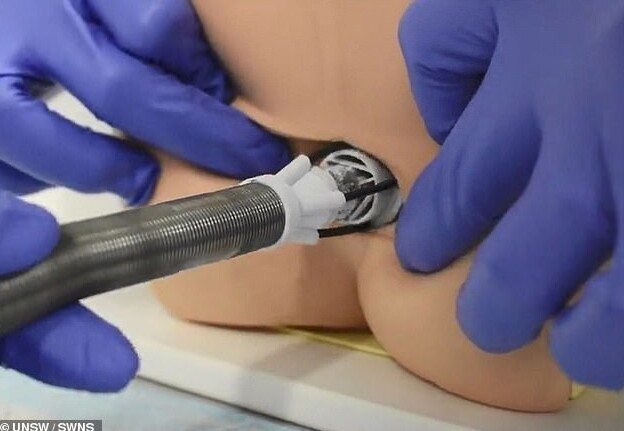
The arm can move in three directions, like a desktop 3D printers, as well as bend and turn due to the built-in hydraulic mechanism. The arm can be adjusted to any length, and its the stiffness can be fine-tuned with different types of flexible tubes and fabrics.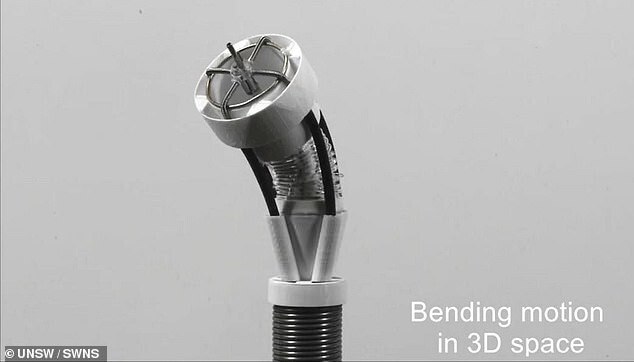
The print head can be programmed to print in advance preset forms or manage it manually if more complex bioprinting.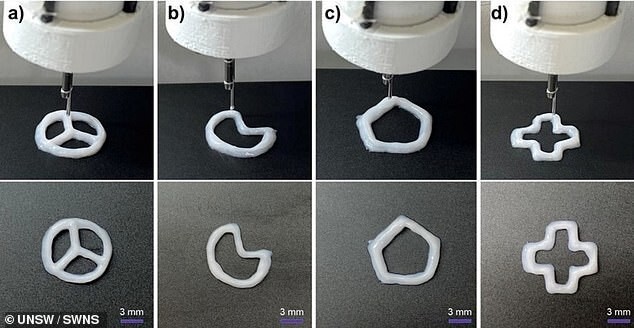
The developers tested the device for viability biomaterial cells after printing. Experiments were successful: the printed cells mostly survived and continued to grow. Through a week their number has quadrupled. The results of the The work was published in the journal Advanced Science.
The creators of the device also demonstrated that it can be use as an endoscopic surgical instrument. For example, to remove certain types of cancer, especially colorectal, third most common in the world. F3DB print head nozzle can be used as an electric scalpel that will mark and then cut cancerous growths. Water can also be supplied through the nozzle for removal of blood and excess tissue in the operated area. And immediately then perform bioprinting, without the need to change instruments.
Scientists have successfully demonstrated the performance of such multifunctional procedures on pig intestines.
A preliminary patent for the device has already been obtained. Next stage - testing on live animals and improving the device by adding additional features (built-in camera, system real-time scanning for 3D tomography moving tissues within the body).












